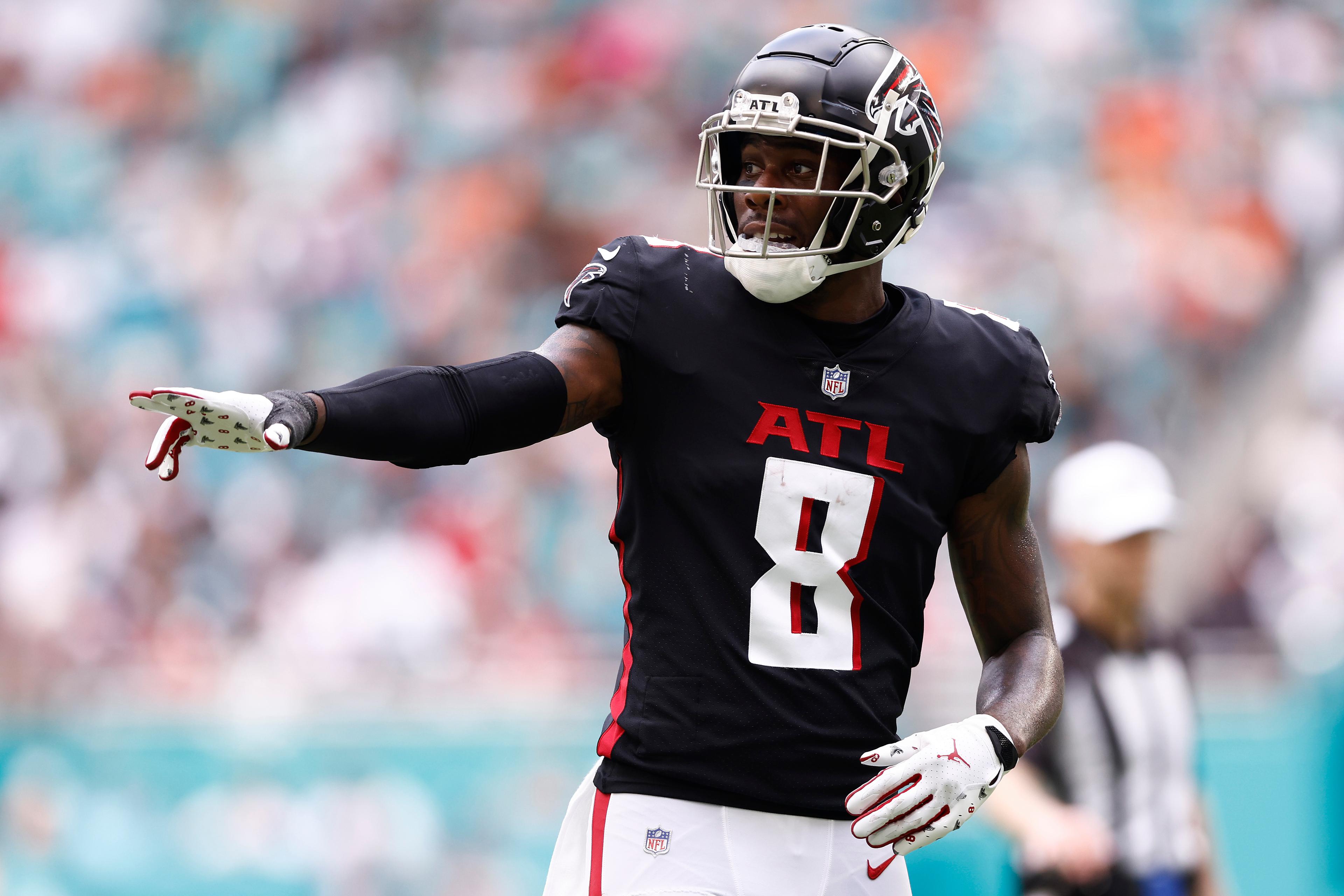Underdog Fantasy "Battle Royale" DFS Strategy
Yes, we love best ball drafts at Underdog Fantasy, but that’s just the beginning game for us. We’re building daily fantasy games and a whole lot more over the next few seasons. And that doesn’t include the games already in the lobby like Pick’em and Rivals.
Today, I’m going over “Battle Royale”. It’s a daily fantasy game with $100,000s in prizes. It’s very easy to play and only takes 3–6 minutes to complete. Each manager completes a short draft — it’s not a salary cap format — before the slate begins with the goal being to score the most points, not just in your personal draft but in the entire tournament.
There are two slightly different Battle Royale formats: Single Game and Daily. The Single Game Slate (think Monday Night, Sunday Night, or Thursday Night Football) is a four-round draft with three users, so 12 players are selected in total. We’ve removed the QBs here, so it’s just four “flex spots”.
The main slate (think Sunday Week 1) is a six-round draft with six users, so 36 players are selected. Since there are more teams to draft from, the roster spots include 1 QB, 1 RB, 2 WR, 1 TE, and 1 FLEX. Battle Royale: Week 1 is $200,000 guaranteed, so let’s start the season off with some general strategy on how to beat it. In my opinion, it’s a game with an edge, especially now because there’s not too much content being created for it.
Strategy #1 — Scroll down for your last couple of picks.
This is the BIG one. The draft lobby is based on average draft position (ADP), so you have an idea of how often each player is getting drafted. The closer to an ADP of 36.0, the fewer times that player is being drafted (and there will be some viable players without a listed ADP, too). The drafted rate for each player can drop from 95% to 10% or lower very quickly because most drafters select someone near the very top of the queue. For example, a QB ranked 8th in the lobby won't project much differently than a QB ranked 5th, yet the former's drafted rate will be far lower. If you pick the correct low-drafted player, you have a big edge on the field.
Because the rosters are 1QB, 1RB, 2WR, 1TE, and 1FLEX, we should expect the following:
The top 5 QBs in ADP to be drafted almost every time, and QB8 or lower to be drafted pretty infrequently.
The top 8 RBs in ADP to be drafted almost every time, and RB12 or lower to be drafted pretty infrequently.
The top 14 WRs in ADP to be drafted almost every time, and WR18 or lower to be drafted pretty infrequently.
The top 5 TEs in ADP to be drafted almost every time, and TE8 or lower to be drafted pretty infrequently.
There simply aren't edges this big in salary cap DFS. Take advantage.
Strategy #2 — Look at the depth of each position.
If you’ve played 3-person or 6-person drafts, you know the edge that Travis Kelce has had over the field in recent seasons. That’s even more true in some Battle Royale slates because some of the elite and mid-range TE1s won't be on the slate. For example, if Mark Andrews (the consensus TE2 in best ball) is not on the Sunday main slate because he’s playing on Monday Night Football, then Travis Kelce becomes even more valuable. This same strategy can be applied to RBs and WRs, but there can be between 6–18 RBs and 12–24 WRs drafted as a whole. That makes the tier-based calculation a little tougher to grasp. There’s an edge there if you can handle it.
Strategy #3 — Stack your team.
This is a DFS tournament after all, so some correlation is +EV. That can be as easy as stacking your WR with his QB, or can include a WR with a WR from his opponent. It’s not necessary to go overboard with this, however, because we aren’t constrained by a salary cap like we are on other sites. It’s okay to limit things to just single stacks with a come back option here. That’s QB/WR with an opposing WR for those unfamiliar with the DFS lingo.
Strategy #4 — It’s okay to wait on QB.
This isn’t always necessary and won’t even be optimal on every slate, but there’s a benefit to waiting until the last (or second-to-last) round to draft your QB. Because we want that correlation from Strategy #3, we can draft some of the best WRs and TEs available early and then select that team-stacked QB at the end.
